Can You Sell AI-Generated Art?
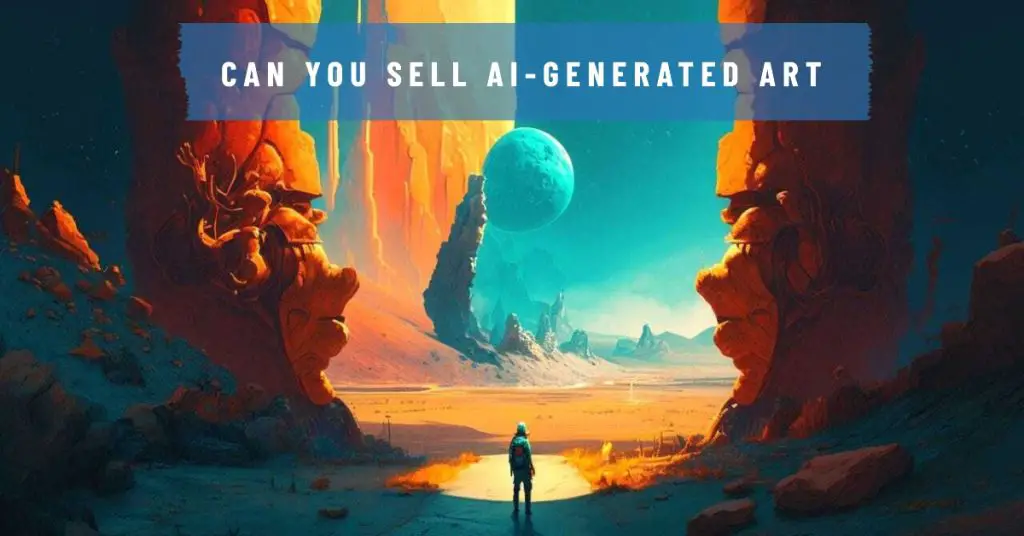
Can You Sell AI Generated Art? In recent years, artificial intelligence (AI) has been making waves in the world of art.
With advancements in technology, AI-generated artworks have become increasingly sophisticated and complex.
However, as these creations gain popularity and recognition, a hot debate has emerged: can you sell AI-generated art?
Some argue that since AI is responsible for the creation process, the resulting artwork lacks the human touch and emotional depth that traditional art possesses.
Others believe AI-generated art is as valuable and innovative as any other modern art form.
In this article, we will explore both sides of the argument to determine whether or not AI-generated art should be considered a legitimate form of artistic expression and how it could potentially impact the industry’s future.
Table of Contents
Brief Explanation of AI-Generated Art
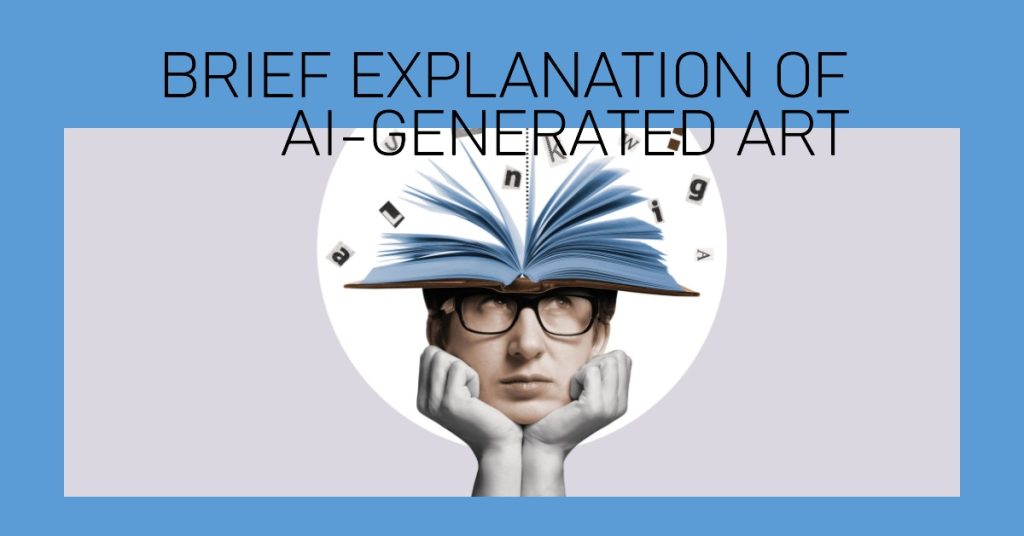
Artificial intelligence has been a hot topic in recent years, and its impact is also felt in the world of art.
AI-generated art is created using algorithms and machine learning programs that can produce images, music, and other creative works without human intervention.
These programs analyze large amounts of data and use that information to generate new content based on predefined rules or patterns.
AI-generated art can take many forms, from abstract paintings to music compositions, and it has been making waves in the art world for several reasons.
One reason is the novelty factor: people are fascinated by the idea that machines can create something as subjective as art.
Additionally, some argue that AI-generated art offers a new way of thinking about creativity – one that blurs the lines between human-made and machine-made.
Can You Sell AI-Generated Art?
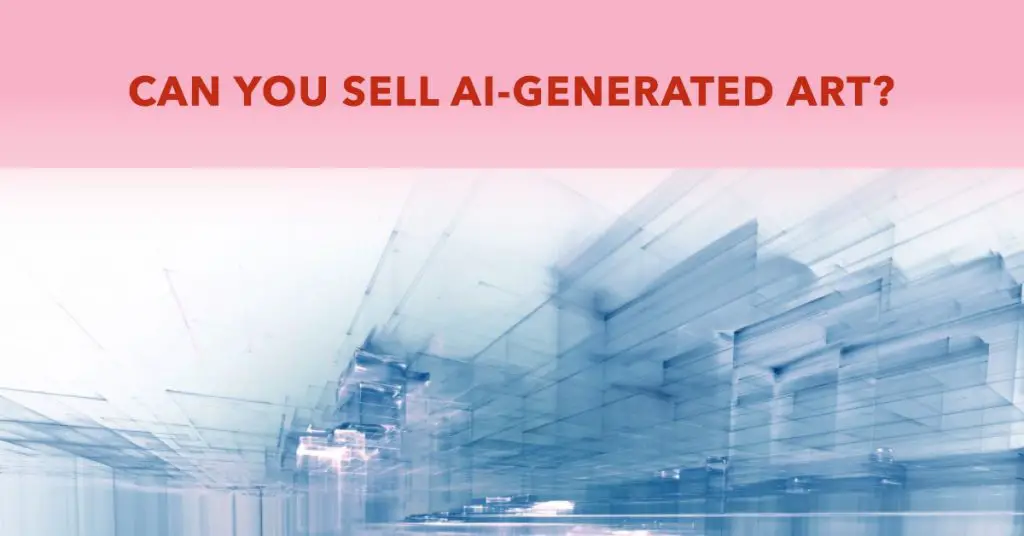
The short answer is yes – you can sell AI-generated art. However, there are many legal, ethical, and practical considerations before doing so.
- For example, who owns the rights to an artwork created by an algorithm? Is it the person who programmed the algorithm or the machine itself?
- Additionally, some argue that selling AI-generated artwork undermines traditional notions of creativity and skill in art-making.
Despite these concerns, there are plenty of examples of successful sales of AI-generated artwork.
Some artists have used machine learning programs to create visually stunning and thought-provoking works.
These artworks have been sold at galleries or online marketplaces like Artsy or Saatchi Art.
While selling AI-generated artwork may not be without its challenges or controversies, it’s clear that this form of creative expression has a place in today’s contemporary art world.
Whether you’re an artist looking to explore new technologies or a collector interested in the latest trends, AI-generated art is worth watching.
The Rise of AI-Generated Art
AI-generated art is quickly becoming a trend in the art world, with more and more artists turning to algorithms, machine learning, and deep learning to create stunning pieces.
This technology is used to produce various styles and mediums, from digital paintings to sculptures.
This shift towards AI-generated art has been fueled by the idea that this type of art is not unique but offers infinite possibilities.
The increasing popularity of AI-generated art may be attributed to its ability to create truly original works that have never been seen before.
Moreover, unlike traditional methods where an artist may create multiple drafts before finding a ‘perfect’ piece, AI algorithms can generate countless pieces simultaneously within seconds.
Examples of Successful AI-Generated Artworks
The Next Rembrandt
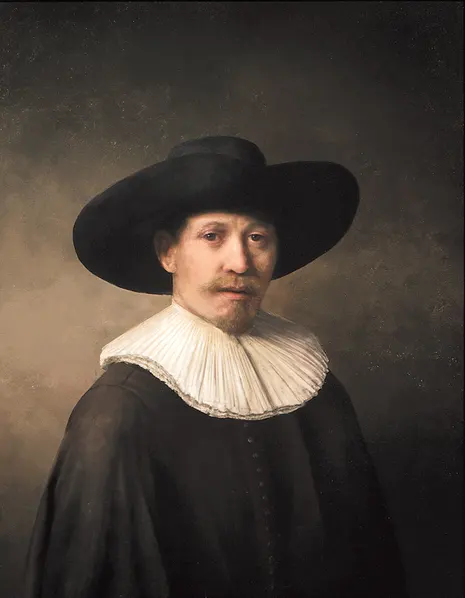
One example of successful AI-generated artwork is “The Next Rembrandt”, created by a J. Walter Thompson Amsterdam team with support from ING Bank’s innovation department.
The artwork was created using deep learning algorithms that analyzed Rembrandt’s existing paintings and then generated a new work in his style.
Memories of Passersby I
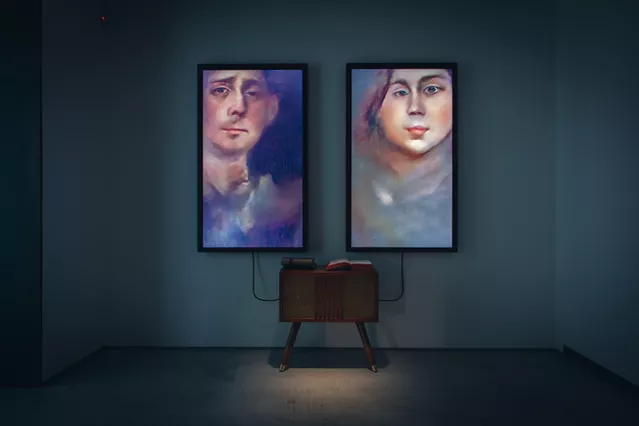
Another notable example is “Memories of Passersby I”, sold for $432,500 at Christie’s auction house in 2018.
Created by Paris-based collective Obvious, this portrait was generated using machine learning techniques on a dataset consisting primarily of portraits from the 14th to the 20th century.
These examples demonstrate how algorithmic systems are effectively used as creative tools in art-making practices.
They showcase the potential benefits that artificial intelligence has brought about in the world of visual arts – specifically through its ability to inspire new artistic perspectives while shedding light on areas such as aesthetics and perception.
Legal and Ethical Considerations
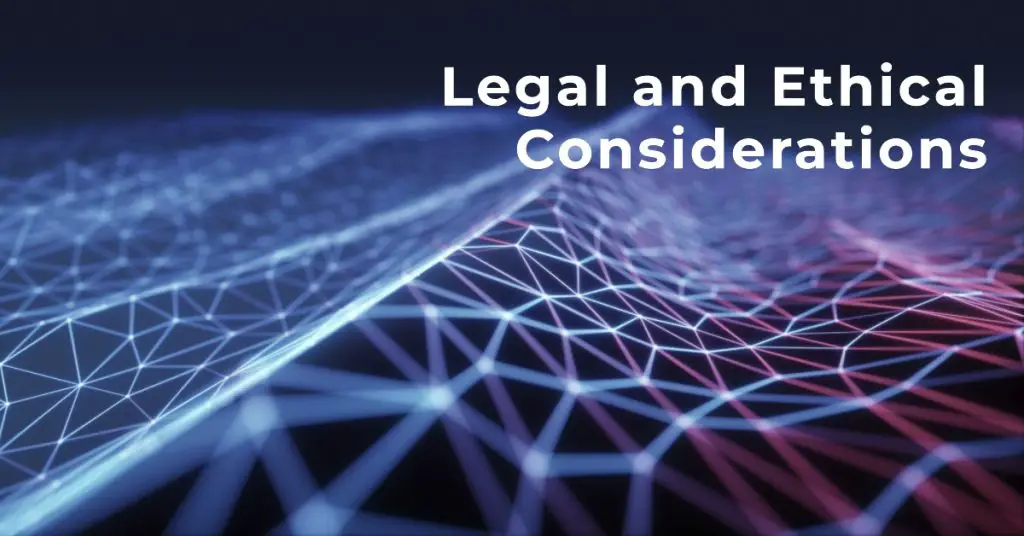
Copyright Laws and Ownership Rights for AI-Generated Art
The concept of ownership in AI-generated art is murky at best. Who owns the work? The creator of the algorithm that generated it? The person who trained the algorithm?
Is it even possible to claim ownership over something created by a machine? These are all questions that still need to be answered.
Furthermore, there’s the issue of copyright laws. When an AI creates a piece of art, does it infringe on someone else’s copyrighted work?
Or can it be considered its unique creation, free from copyright infringement claims?
It’s a complex issue that requires collaboration between legal experts and technologists to come up with a satisfactory solution.
Ethical Concerns Surrounding the Use of AI Technology in Creating Art
There is no denying that AI technology has significantly impacted the art world. But with this new technology comes new ethical considerations as well. For example:
- Some argue that using algorithms to create art removes the human experience of creating something original and unique.
- Moreover, there are concerns about whether or not using AI in art could lead to widespread unemployment among artists and creatives.
- After all, if an algorithm can create artwork just as well as a human artist can, why hire humans at all?
- This could have significant economic implications for individuals working within creative industries.
- In addition to these concerns, there is also the risk that using AI in creative processes could lead to homogeneity in artistic expression.
If algorithms generate all creative works, will we see less diversity in styles and themes across different pieces of work?
These are important questions to consider when considering how we want technology to shape our understanding of art moving forward.
While AI-generated art has introduced exciting new possibilities for the art world, we must also be aware of this technology’s legal and ethical implications.
It’s up to artists, technologists, and legal experts to work together to create a framework that ensures fairness and creativity in AI-generated art.
The Value of AI-Generated Art
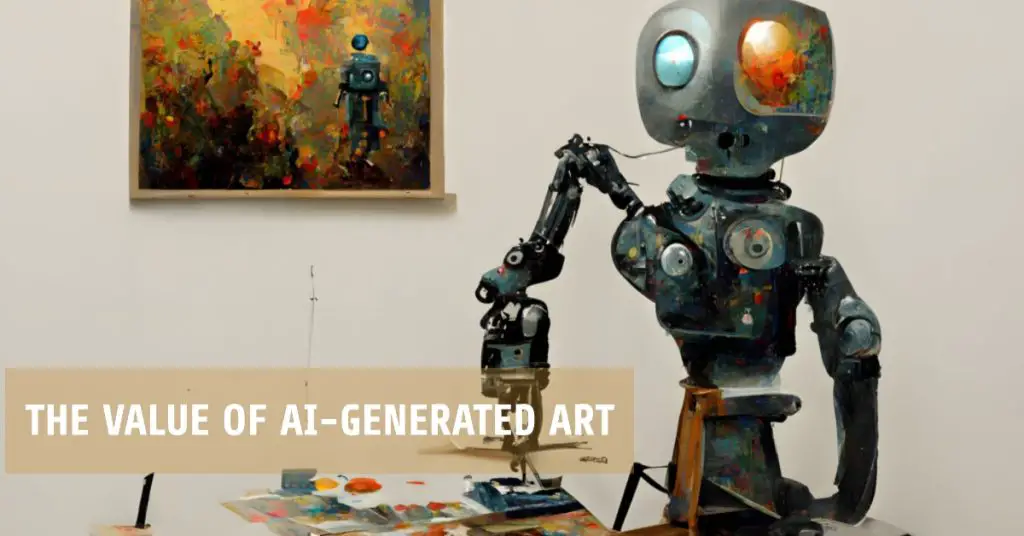
Determining the value of a piece of art is a complex process that involves subjective and objective factors.
In general, the value of art is determined by several factors, such as the artist’s reputation, demand for their work, uniqueness or rarity, and cultural significance.
For example, works by famous artists like Van Gogh or Picasso are considered extremely valuable due to their iconic status and historical significance.
With AI-generated artwork, determining its value is even more complicated.
While some critics argue that AI-generated artwork may lack the emotional depth and creativity in traditional artwork, others believe they possess a unique appeal due to their technological foundation.
Ultimately, the monetary value placed on an AI-generated artwork will depend on factors such as its level of innovation, the uniqueness of its algorithm or programming language used to generate it, and overall aesthetic appeal.
It remains to be seen whether this type of artwork will gain significant traction within traditional art circles or if it will remain relegated to tech enthusiasts.
Arguments for and against the value of AI-generated artwork
Arguments exist for and against AI-generated artwork having significant cultural or artistic value.
- Some critics argue that artworks made by algorithms lack authenticity since they do not reflect human emotion or creativity.
- They claim these artworks may only appeal superficially to people fascinated by new technologies but have no intrinsic artistic merit.
On the other hand,
- Proponents believe these works have merit because they demonstrate new ways humans can interact with machines through creative expression.
- They also suggest that these artworks challenge traditional notions about what constitutes “real” art since they blur boundaries between creativity made by man versus machine.
While there are valid points for and against assigning significant cultural worth to AI-generated artworks, it remains to be seen if this type of art form will gain mainstream recognition in the way traditional art forms have.
Nonetheless, one thing is for certain: technology will continue to transform the way we approach and create art, and AI-generated artwork is only one example of this ongoing evolution.
Selling and Marketing AI Artwork
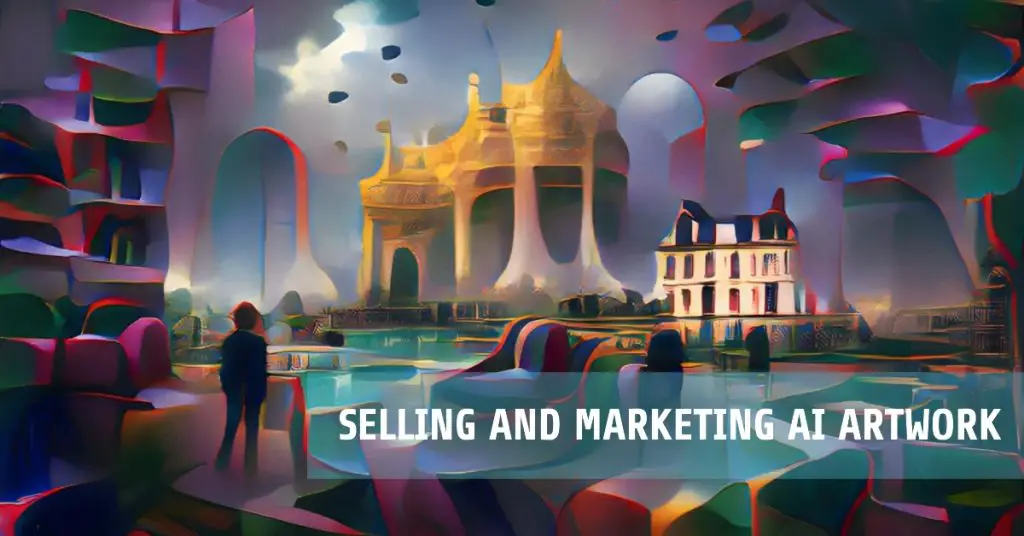
Strategies for selling and marketing your AI-generated artwork
So, you’ve created some stunning AI-generated artwork and are now wondering how to sell it. Well, the good news is that there are plenty of ways to get your work out there.
However, it’s important to understand that selling AI art differs from selling traditional art.
You can’t just slap a price tag on your work and hope someone buys it. Firstly, think about who your target audience is.
Are you targeting tech enthusiasts or collectors? Different groups will respond to different marketing strategies.
For example, if you’re targeting tech enthusiasts, you may want to focus on the technology behind the art – how the algorithms work and how they create unique pieces every time.
Secondly, consider collaborating with galleries or online marketplaces.
Galleries can provide exposure by showcasing your work alongside other artists’ pieces in a physical space.
Online marketplaces such as Saatchi Art or Artsy allow artists to sell their works online without paying for overhead costs such as rent and utilities.
Targeting specific audiences (e.g., tech enthusiasts, collectors)
When selling AI-generated artwork, understanding your target audience is crucial.
Tech enthusiasts are likely interested in the cutting-edge technology behind the creation of each piece – so be sure to emphasize this aspect when marketing your work to them.
Collectors are another group worth considering when selling AI art pieces because they tend towards more avant-garde styles that push boundaries artistically – something at which many AI-driven artworks excel!
Depending on where you choose to market these works (such as museums or high-end galleries), collectors could be either private individuals or institutions looking for unique pieces for their collections.
In both cases, though, authenticity counts! People purchasing your AI-generated artwork want to know they’re getting something unique, so consider attaching certificates of authenticity to each piece.
Collaborating with galleries or online marketplaces
Collaborating with galleries or online marketplaces is an excellent way to get your AI-generated art in front of a broad audience.
Galleries offer a physical space where potential buyers can view and purchase artwork, whereas online marketplaces offer a convenient platform for artists to sell their work without needing physical space.
When choosing a gallery or marketplace, it’s essential to research and find one that aligns with your artistic vision.
When deciding, consider factors such as commission rates, exhibition policies, and brand identity.
Additionally, remember that some galleries may be hesitant to showcase AI-generated artwork due to scepticism about its artistic value – so be prepared to defend the value of your work!
Whether you choose a traditional gallery or an online marketplace, collaboration is an excellent way for artists creating AI-generated art pieces to establish themselves within the art world and reach new audiences.
Challenges to Selling AI Artwork
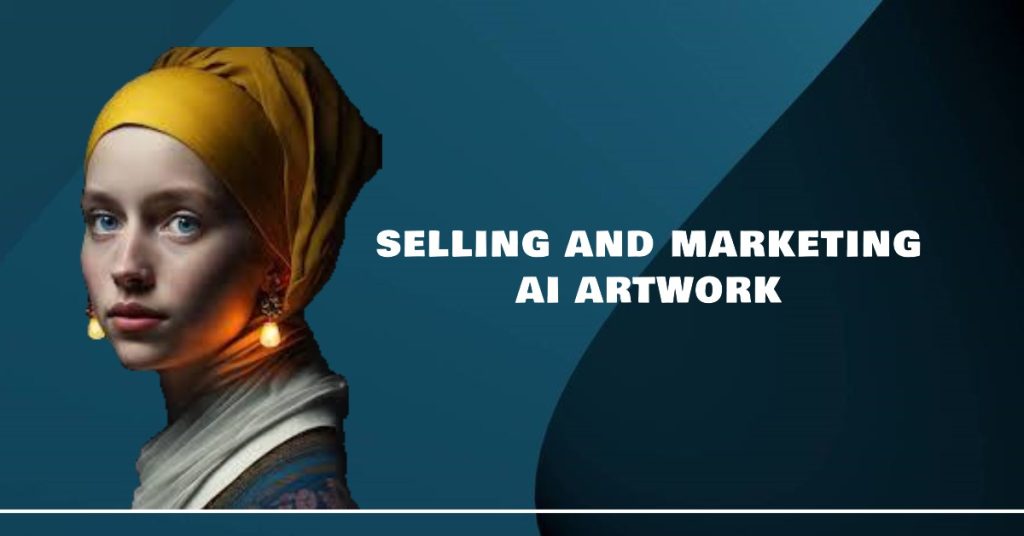
Skepticism from Traditionalists
One of the biggest challenges artists face when selling their AI-generated artwork is skepticism from traditionalists who do not view it as “real” art.
These are the same people who scoffed at abstract expressionism and graffiti art when they first emerged.
Now, these art forms are widely accepted and celebrated. Yet, these traditionalists refuse to see the potential in AI-generated artwork, dismissing it as soulless and lacking in creativity.
But the truth is that a machine can be just as creative as a human being. After all, machines are designed and programmed by humans.
They are simply tools that we use to express ourselves creatively. And just like any other tool, they can be used limitlessly.
Difficulty in Establishing a Unique Artistic Identity
Another challenge artists face when selling AI-generated artwork is establishing a unique artistic identity.
When using an algorithm to create work, it can be not easy to differentiate oneself from others who may be using similar algorithms or techniques. However, this is not unique to AI-generated artwork.
All artists face the challenge of finding their voice and style within their medium of choice. It requires experimentation, exploration, and risk-taking.
And while there may be limitations when using an algorithm to create work, there are endless possibilities for innovation within those limitations.
Ultimately, it comes down to how artists use the technology available to them and incorporate it into their artistic vision.
The Potential for Unintended Consequences
Some are also concerned about the potential unintended consequences of relying too heavily on AI technology in creating art.
Like with any technology, there is always room for error or misuse. For example, what happens if an artist accidentally creates work that infringes on someone else’s copyright?
Who is held liable in that situation? And what about the potential for AI-generated artwork to be used for nefarious purposes, such as creating false evidence or propaganda?
These are important questions that need to be considered and addressed. However, they should not overshadow the potential benefits of AI-generated artwork.
As with any new technology, there will always be risks and challenges. But we cannot let fear hold us back from exploring the full potential of this technology.
Final Thoughts on Can You Sell AI-Generated Art?
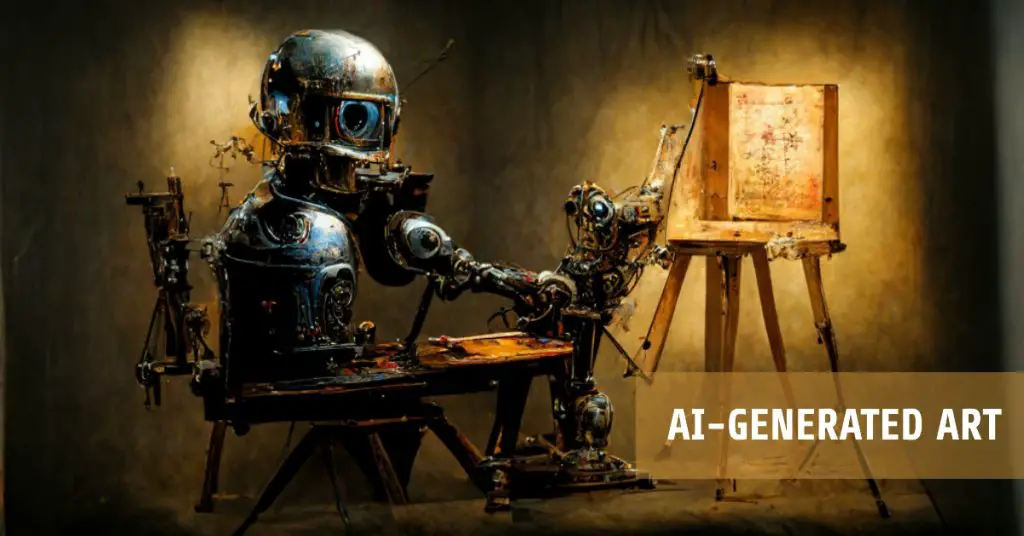
In conclusion, the debate on whether AI-generated art can be sold is complex, with no easy answer.
While some argue that it lacks human touch and creativity, others believe it is still a form of art that deserves recognition and monetary value.
As technology advances, this debate will likely become even more nuanced.
Nevertheless, one thing remains clear – AI-generated art has already made its mark in the art world and will continue to do so.
Whether we like it or not, it is important to acknowledge its existence and potential impact. So, let us embrace this new art form and see where it takes us next!
References:
- “Introduction to Selling AI Art on Fy!” FYStudio, www.iamfy.co/studio/landing/sell-ai-art. Accessed 22 June 2023.
- Mario Klingemann | Memories of Passersby I (Companion Version) (2018) | Available for Sale | Artsy. www.artsy.net/artwork/mario-klingemann-memories-of-passersby-i-companion-version-1.
- Brown, Mark. “‘New Rembrandt’ to Be Unveiled in Amsterdam.” The Guardian, 19 Oct. 2022, www.theguardian.com/artanddesign/2016/apr/05/new-rembrandt-to-be-unveiled-in-amsterdam.
- Griffith, Eric. “Which AI Creates the Best (and Most Terrifying) Art?” PCMAG, 18 Oct. 2022, www.pcmag.com/news/which-ai-creates-the-best-art.
- Lawson-Tancred, Jo. “A.I.-Generated Versions of Art-Historic Paintings Are Littering Google’S Top Search Results.” Artnet News, 6 June 2023, news.artnet.com/art-world/ai-versions-of-art-historically-significant-paintings-flood-google-top-results-2313747.
- Yadav, Ajay. “Is It Possible to Sell AI-Generated Art?| Simplified.” Simplified, 21 Feb. 2023, simplified.com/blog/ai-text-to-image/can-you-sell-ai-generated-art.
- Intelligence, GlobalData Thematic. “AI Generated Art – Seeing the Big Picture.” Verdict, 26 Oct. 2022, www.verdict.co.uk/ai-generated-art.

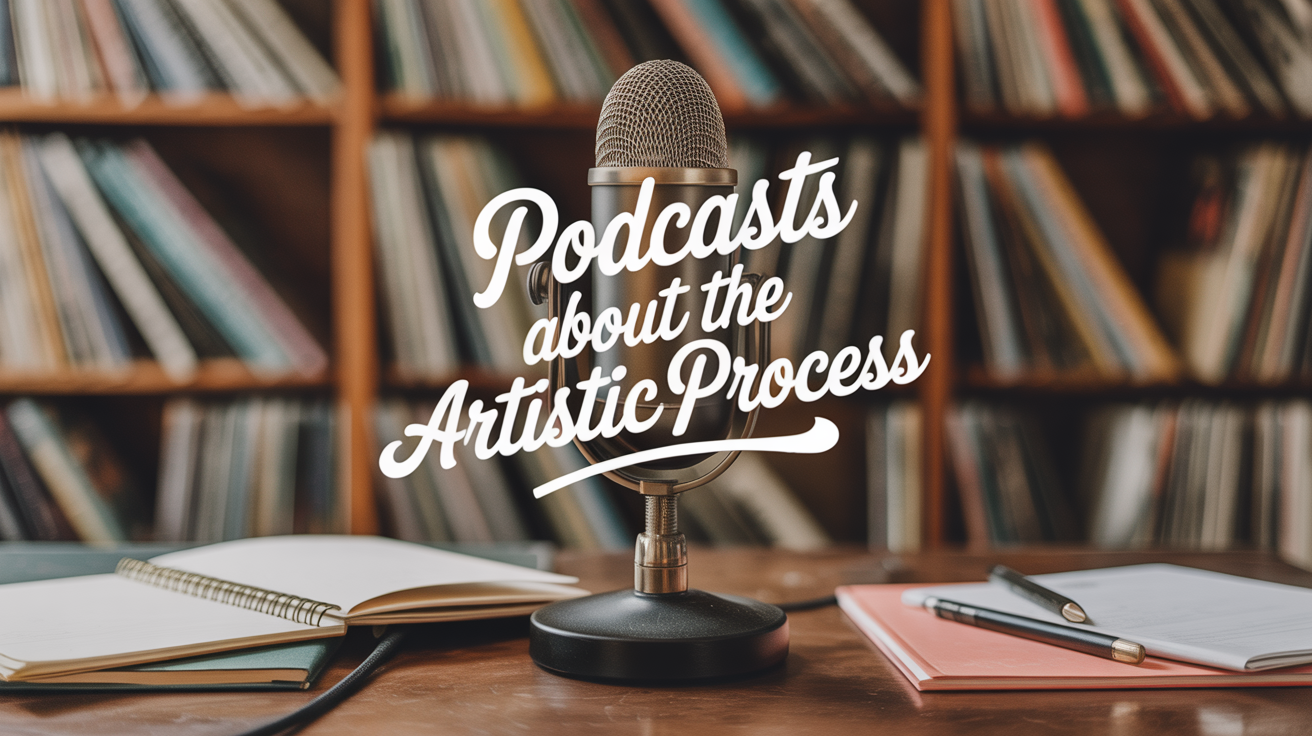
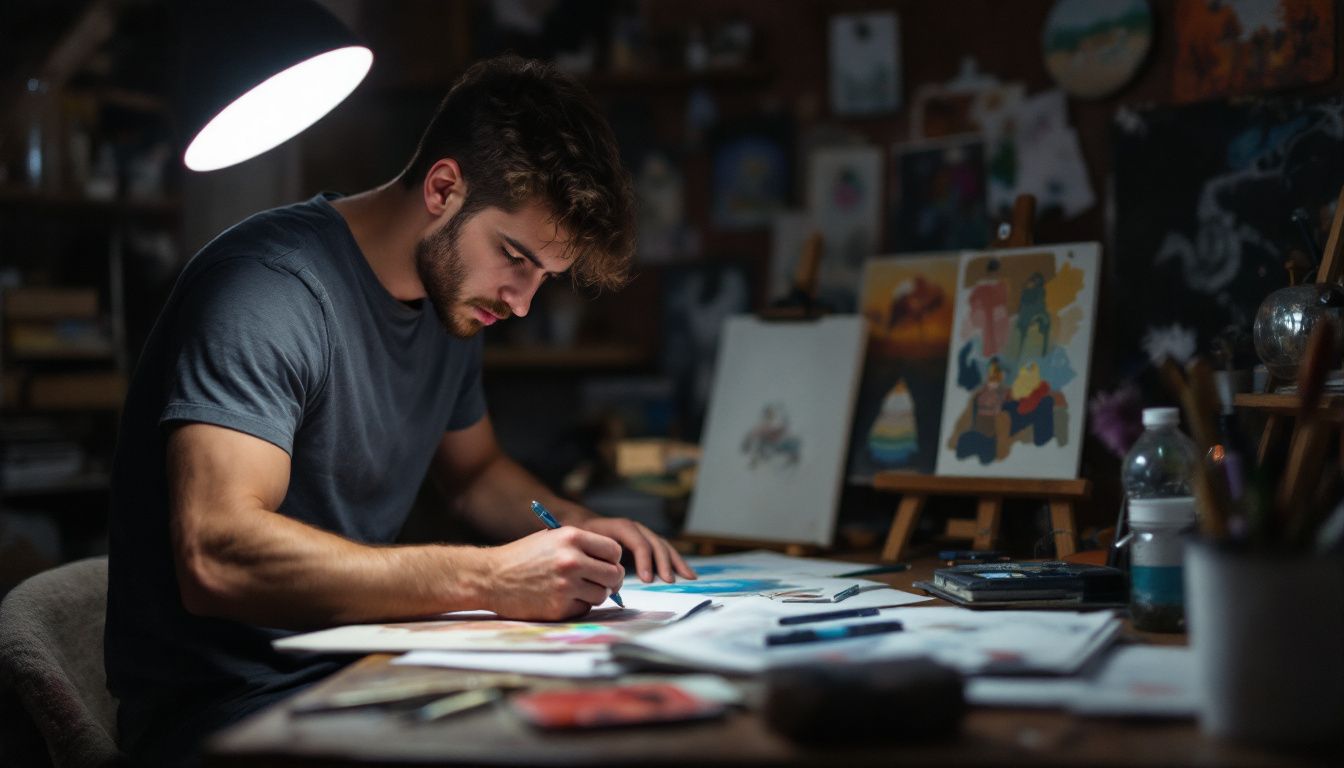
Leave a Reply